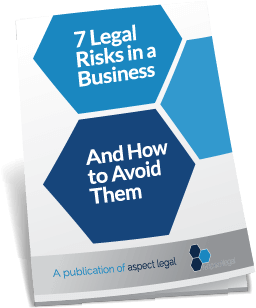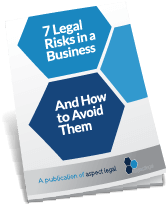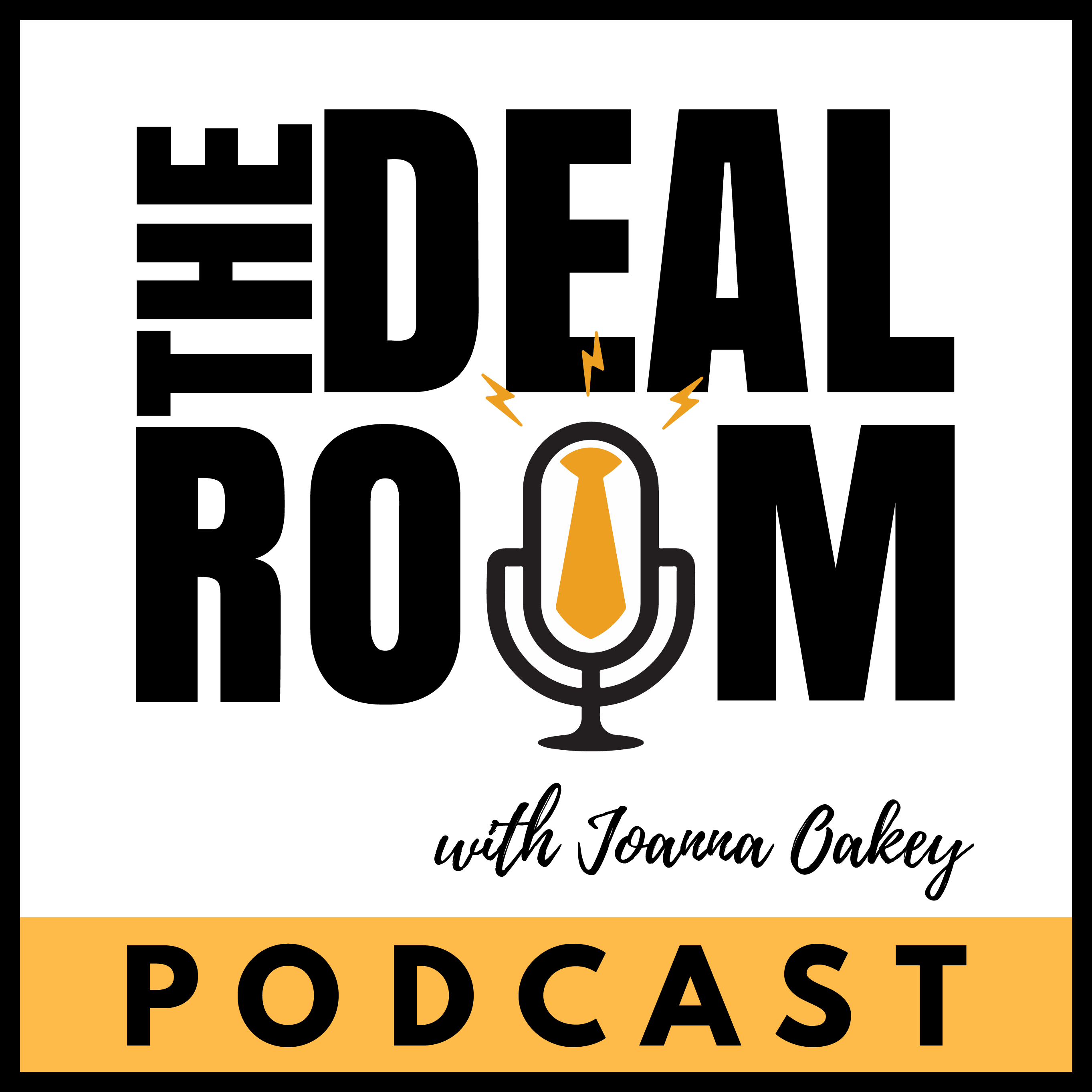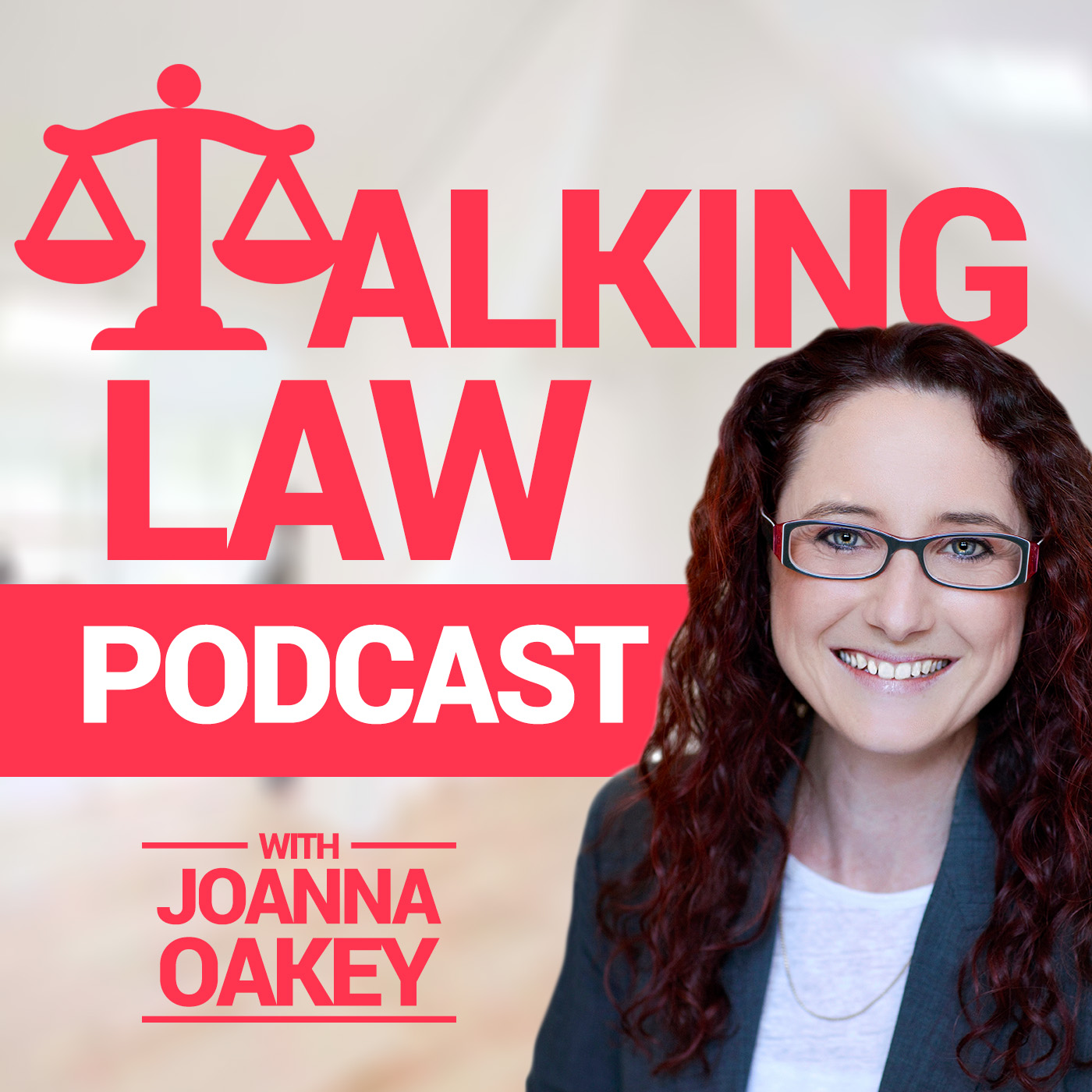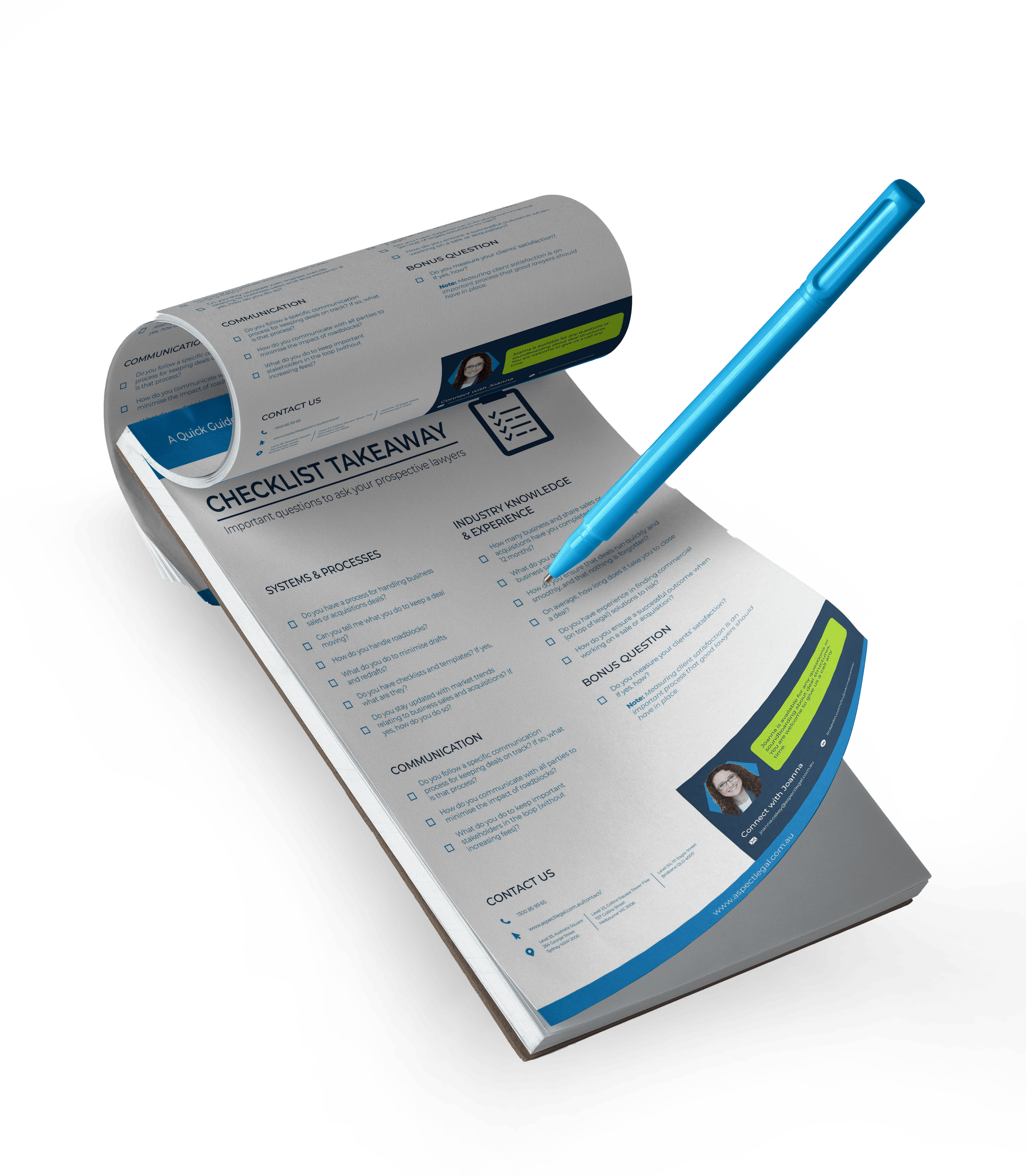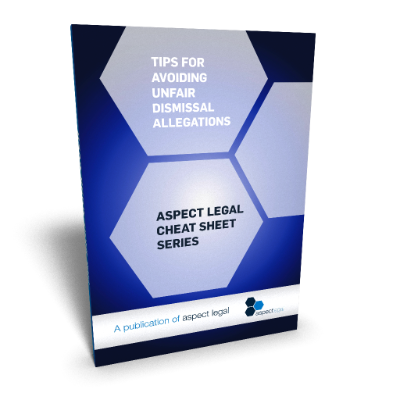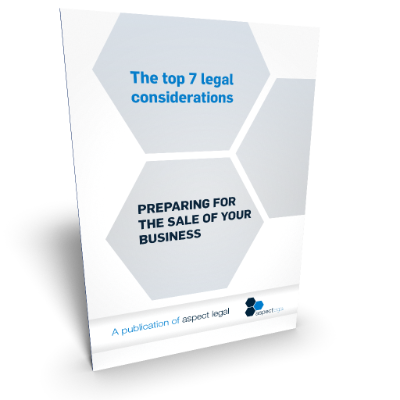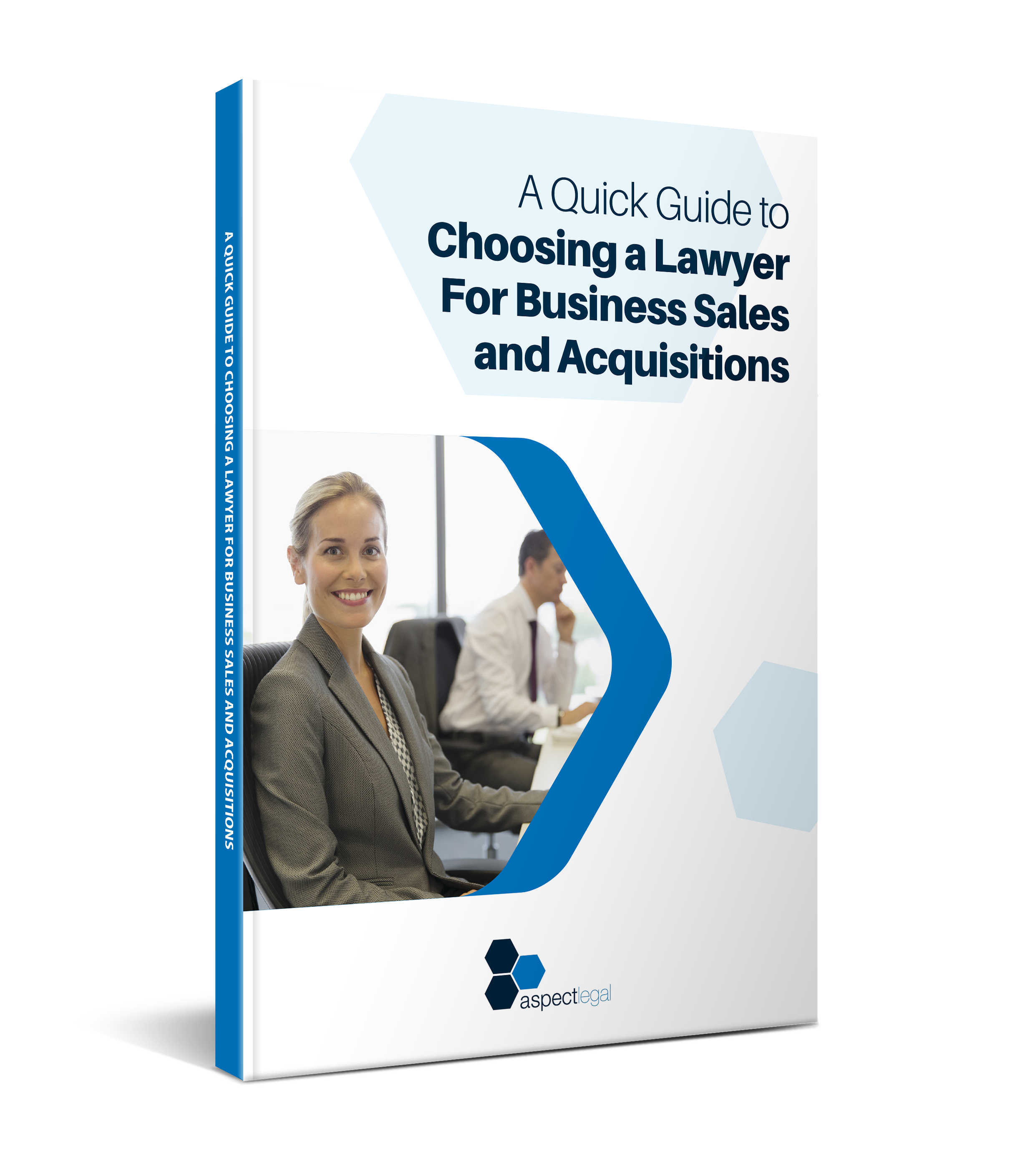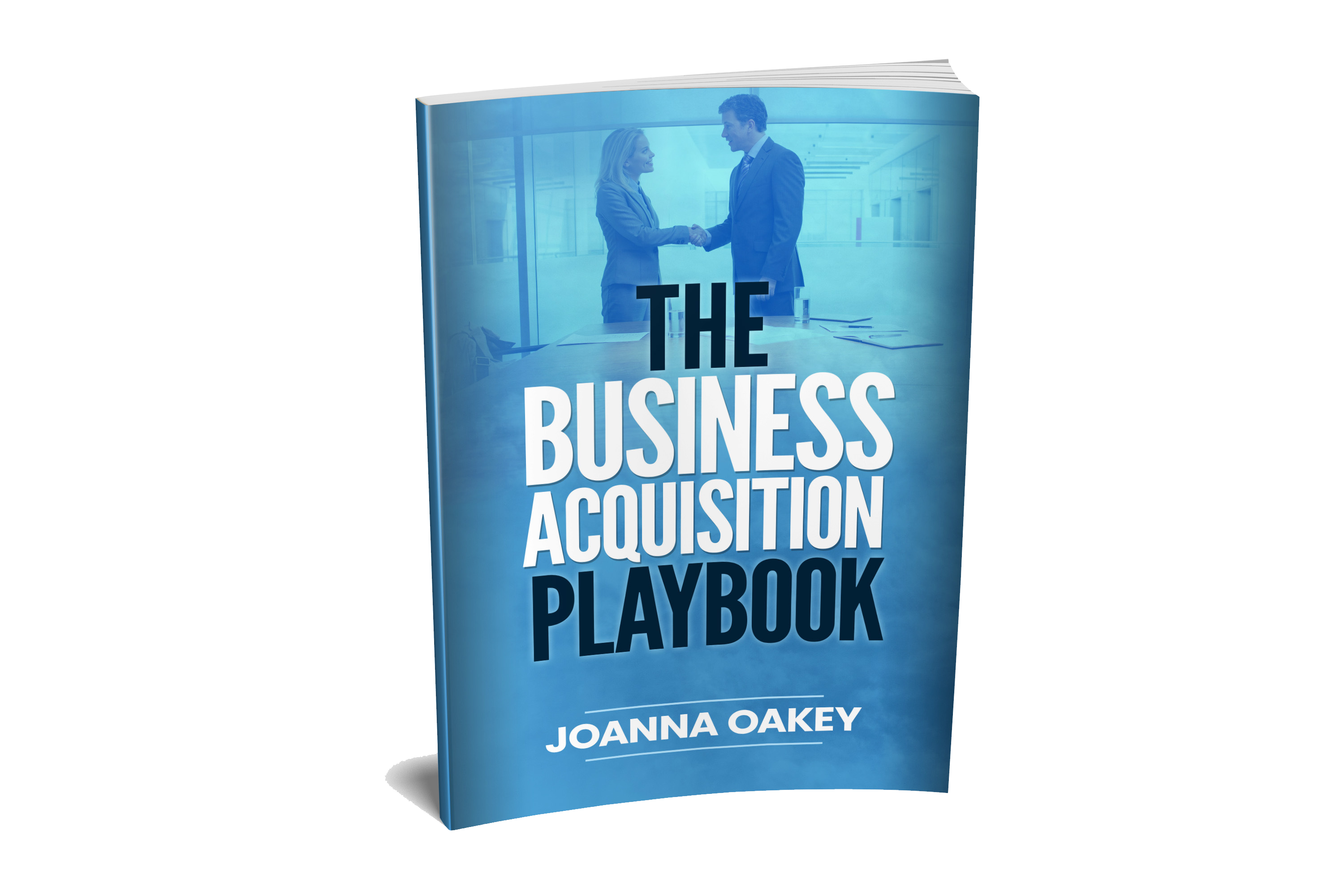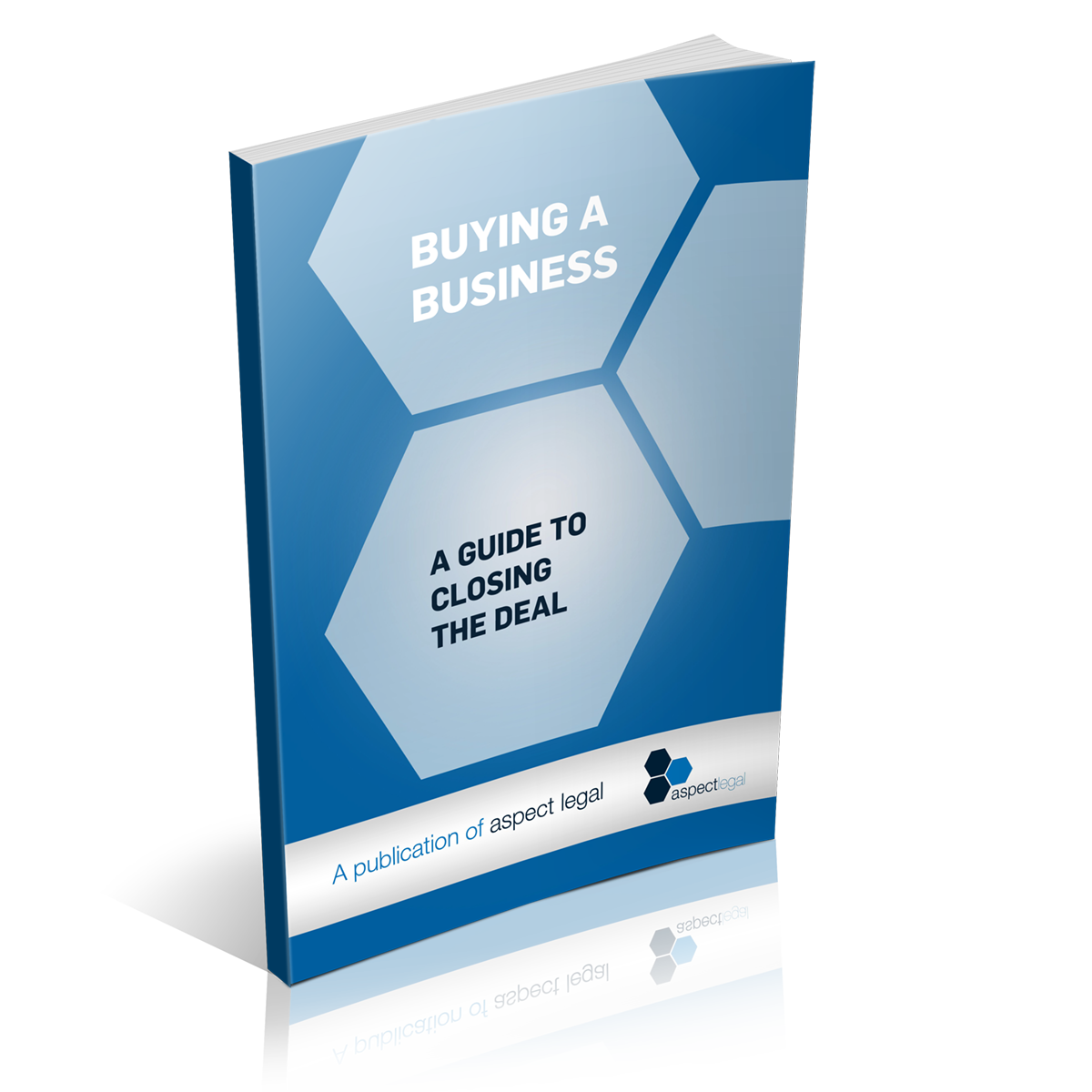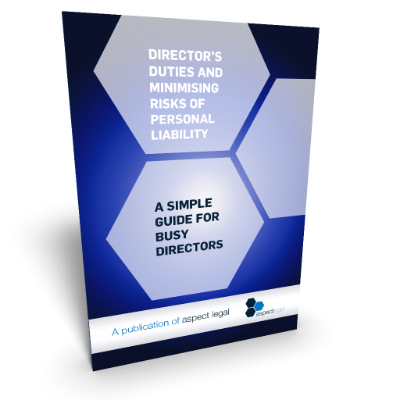Sometimes it comes as a rude shock to a client to discover that the brand that their creative team has created may be very difficult to get trademark protection for. Often it is as much of a shock for the client as it is for the creative team.
So if you are in the creative side of brand development, read on for a background as to why some marks are much harder to protect than others, and how to ensure you aren’t at the end of a phonecall with an angry client!
In the area of trademarks, it has become very clear to me over the years, that lawyers and marketers want different things. The marketers want something that looks good. That is memorable. Catchy. That conveys information about the service or product – and often you might even feel that the more descriptive your branding is, and the more it conjours up an immediate connection to the good/service you are marketing, the better.
On the other hand, us lawyers, are focussed on a slightly different objective. Where the look and feel of a mark pales in significance to the simple question – can we register this as a trademark, and get monopoly rights over that branding for your client?
So here’s a summary of what you should be looking out for in your design or creative phase, to make sure you are creating a mark that can be protected.
The most important question is “Is it distinctive?”. A mark that is distinctive (rather than descriptive or generic) is much easier to get trademark registration protection for. And it is much easier to stop a competitor from copying.
So what is good to include in your branding?
✔ Coined or invented words are good. These are made-up words that cannot mean anything else other than your client’s product or service, because they have no meaning. Examples are words like ADIDAS, which is a portmanteau of the name of the founder Adolf (ADI) Dassler (DAS) and SKYPE which means sky-peer-to-peer. Generally speaking, these sorts of marks are immediately protectable.
✔ Arbitrary words, expressions, slogans are good. These are real words, but have no meaningful relationship to the goods or services they represent. For example “SIX APART” a blog solution provider company, the founders were born six days apart, and “JUST DO IT” which is the slogan for NIKE. These sorts of marks are generally immediately protectable.
✔ Unlikely grammatical constructions are good. Especially those with a misspelling and unlikely grammatical constructions. For example “GROUPON” for group coupon.
✔ Suggestive words are good. These are words that contain hints of descriptiveness but are vague. They usually involve lateral, circuitous thinking, humour and/or surprise. Essentially, the market needs to be familiarised with the name to make the connection with the goods or services that the mark represents. For example “TWITTER” as it describes the product as providing a “short burst of inconsequential information”. These sorts of marks are generally immediately protectable, and are usually given somewhat broader protection against infringers than descriptive marks that have acquired a secondary meaning.
✔ Unusual surnames, personal and company names can be good. Although this depends on each individual case. For example “MAGGI” named after the founder Julius Maggi.
Hint: If you are going to use a combination of words, both distinctive and some less so, make sure that the most distinctive is the first word. The case law suggests the first word is the most memorable.
What isn’t good?
✘ Purely descriptive or generic marks – don’t use words that describe the nature, quality, geographical origin or other characteristics of the goods or services that the mark is designed for. Eg “MILK” for milk, “THE GOOD DENTIST” for a dental surgery, “PERFECTION” because is praises your goods or services. If you use these in your mark, expect to have a very hard time registering the mark. And expect to have a hard time stopping copy cats! There is an exception to this rule if the owner has used the mark exclusively for a long period of time, during which time it may have acquired a “secondary” meaning – on the basis that the market has been educated to recognise the brand. However, at the design stage we want to avoid going down this road. Why risk it? It’s a costly exercise which involves gathering evidence in the form of sales figures, income produced figures, marketing surveys, etc.
✘ Common surnames For example, there are many people in the public with the surname Smith so it would not be registrable as a trademark.
✘ Short combinations of numbers or letters on their own. Short combinations of numbers are often used as serial numbers, and combinations of letters are commonly used as initials and so would face difficulty getting registered.
✘ Marks that are similar to a mark that is already registered. Marks that are deceptively similar to a mark that is already trademarked can be very difficult to register. A search of the trademark database is an absolute must to avoid the disappointment of having a mark that is not only unregistrable, but also to avoid the risk of infringing on someone else’s intellectual property.
We apply the same sorts of tests when looking at the distinctiveness of a logo. So for example, a very ordinary image of a car with mere borders or flourishes on their own would probably not be able to be registered for a car sale business.
At the end of the day, it can be very confusing trying to work out whether the branding you are designing is likely to be something that can be protected, or something that could cause your clients problems. Why not give us a call if you have a brand that you aren’t sure about? We are happy to answer your questions for free.
What to do next
All of these design considerations can be extremely confusing. Don’t risk it yourself, talk to us about the products that we have available for you to use at the design stage, to make sure you are creating something that your clients will be able to protect in the future – by calling 02 8006 0830 or emailing us: [email protected]
Disclaimer: The material contained on this website is provided for general information purposes only and does not constitute legal advice. You should not depend upon any information appearing on this website without seeking legal advice. We do not guarantee that the contents of this website will be accurate, complete or up-to-date.
